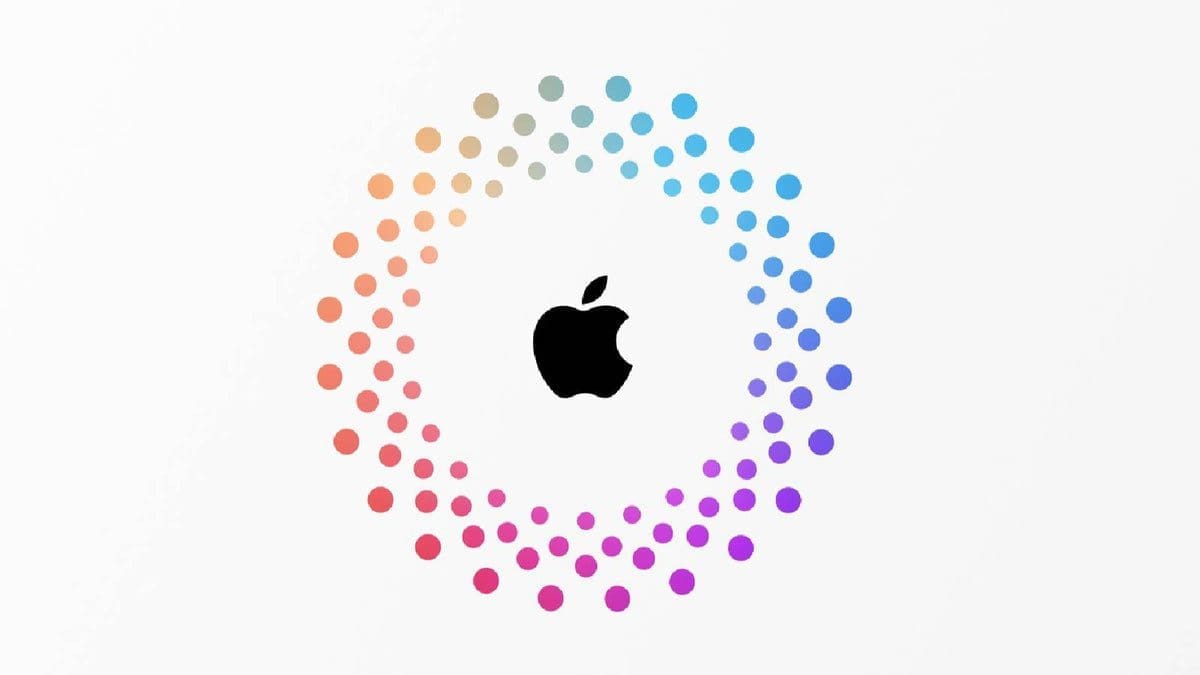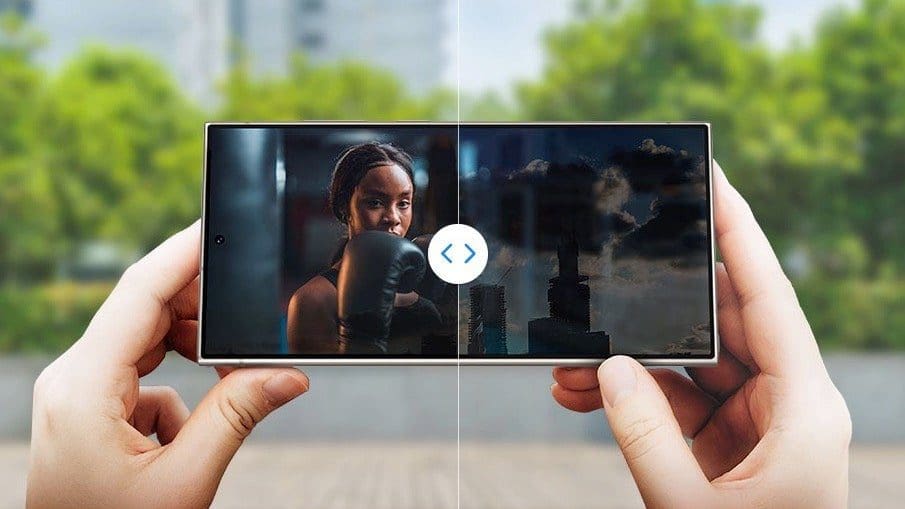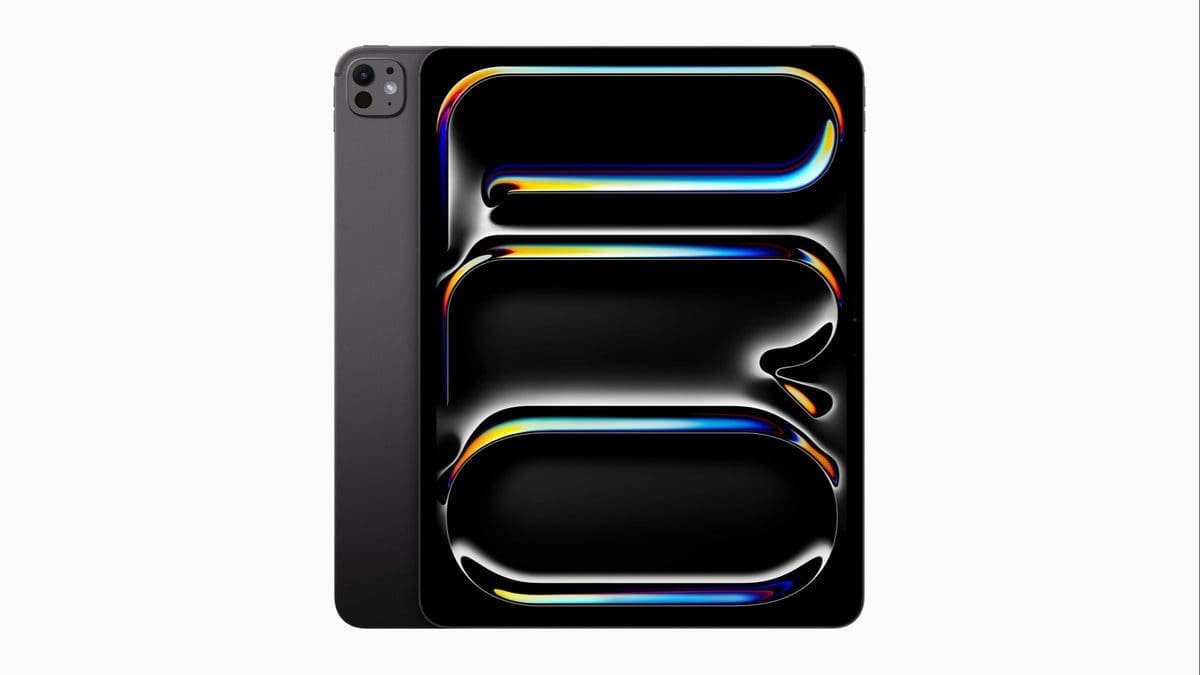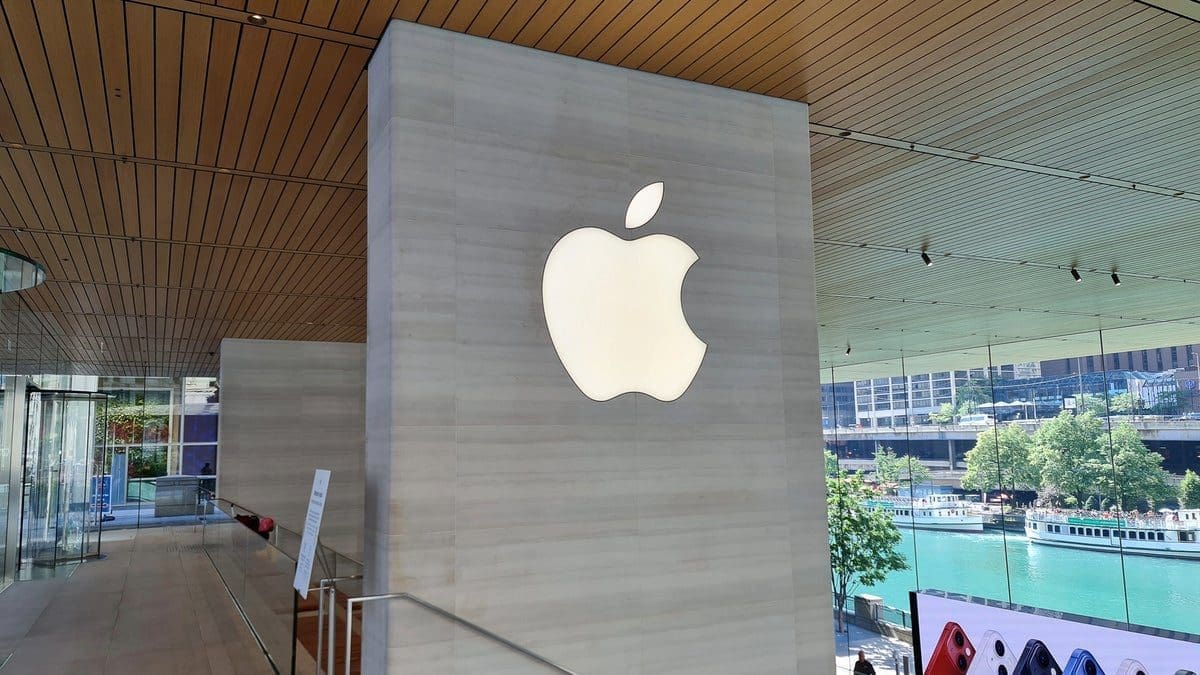The global premium smartphone market, including phones priced at $600 and higher, was dominated by Apple last year. According to Counterpoint Research, Apple had a 71% share of the premium smartphone market worldwide last year. While Apple continued to dominate the premium market in 2023, it did lose some share from 2022 when it owned 75% of the global premium market.
Huawei’s surprise release of the 5G Mate 60 series allowed the Chinese manufacturer to finish third in the premium smartphone market last year with a 5% market share. That is up 67% from the 3% share of the premium market it held in 2022. With the flagship P70 series expected early this year, Huawei could continue to garner sales from Chinese consumers celebrating that the company was able to succeed despite U.S. sanctions.
However, the truth is that Huawei is going to have to come up with a way to produce cutting-edge chips using a process node under 7nm if it wants to remain relevant in the premium market. Xiaomi finished fourth with a 2% share of the global premium smartphone market in 2023 while Oppo finished fifth with a 1% share.
Overall global smartphone shipments are forecast to decline 5% for 2023 to hit the lowest total in almost a decade. Shipments of premium phones are expected to account for 25% of last year’s worldwide unit sales and 60% of revenue. The ultra-premium segment, made up of phones costing more than $1,000, made up one-third of all premium handset sales last year.
Sales of premium handsets have shown strong growth over the years. In 2016, such phones made up 6% of total worldwide sales and should hit 24% for 2023. Counterpoint senior analyst Varun Mishra said, “There has been a shift in consumer buying patterns in the smartphone market. Considering the importance a smartphone holds, consumers are willing to spend more to get a high-quality device that they can use for a longer period.”
However, not all sales of premium smartphones are made because higher-quality devices last longer. Some buy premium phones to be seen with a status symbol brand. Counterpoint’s Mishra says, “Owning the latest and greatest flagships has also become a status symbol for many consumers, especially in emerging markets where they are jumping directly from the mid-price band to the premium band. Further, these devices are increasingly becoming more affordable due to promotion seasons and financing options.”










